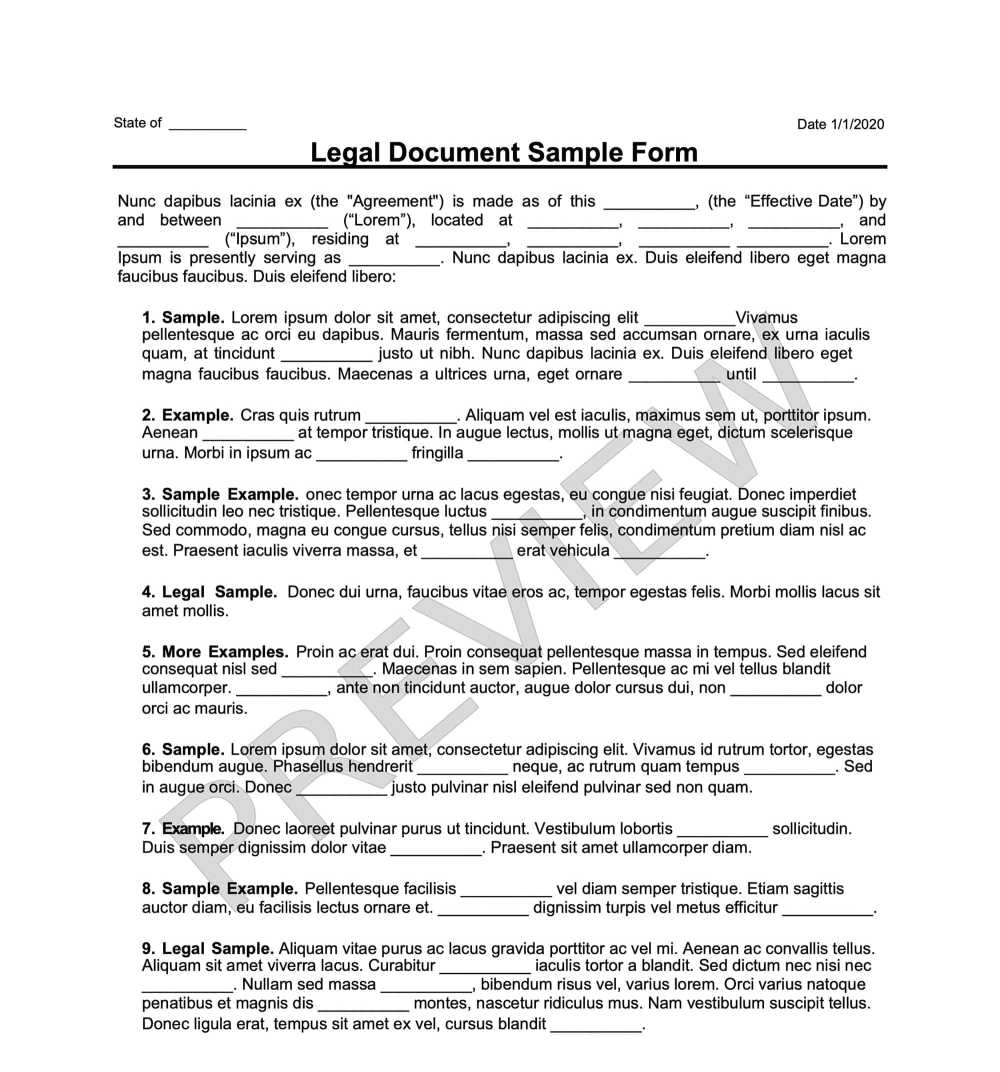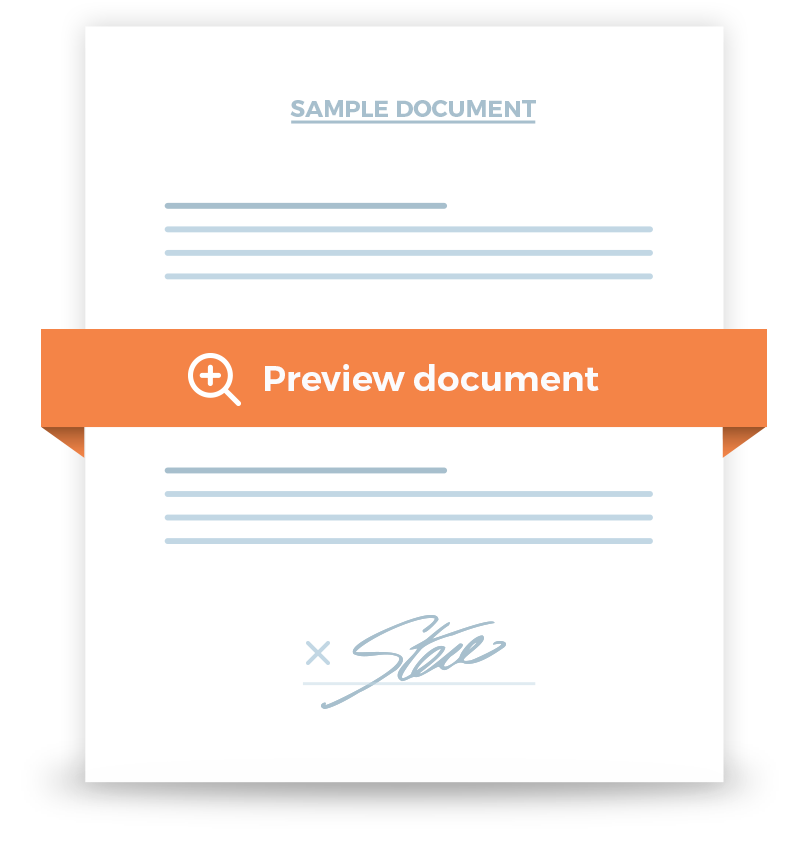Rent Abatement Agreement
A landlord and a tenant can use a Rent Abatement Agreement to arrive at a period of free rent during which the tenant does not have to pay rent, despite the fact that the original lease agreement is still in effect.


Frequently Asked Questions
Both rent abatement and rent deferral are a type of relief for the tenant, but there is a crucial difference. Rent abatement is a time-limited free-rent concession. A landlord might use a free rent period as an incentive for a tenant to sign a longer contract.
A Rent Abatement Agreement can also be negotiated if a business tenant is unable to operate because of government orders or something else through no fault of their own (the COVID-19 pandemic stay-at-home orders, for example).In contrast, a rent deferral is a postponement of rent payments.
During the rent deferment period, the tenant will not be required to pay rent as defined in the agreement. After that period, the tenant will have to make up for the rent deferred plus interests if required by the landlord. Both rent abatement and rent deferment can be partial (for example, 50%) or total (100%).
While the signing of the Rent Abatement Agreement is a formality, landlords should ask for:
- Documents proving that the tenant is having temporary financial hardship due to unforeseeable circumstances.
- Confidentiality – This prohibits the tenant from announcing the rent abatement publicly or with other tenants. It’s desirable to include this term in the contract if you do not plan to extend this courtesy to all tenants.
- Assignability – The Rent Abatement Agreement executed is only for the tenant and not extendable to any subleasing of the property, from which the tenant is forbidden to profit during the agreement period.
- Clawbacks – If the tenant doesn’t resume business after the end of the rent abatement period, the landlord can take them to court for the lost rent if a clawback provision is included in the contract.
- Tax implications – If you forgive more than $600 of your tenant’s rent, you’ll have to file a 1099-C, which the tenant will have to file with his tax return for canceled rent.
Start with the following:
- Don’t be emotional. Being overdramatic over the phone or in person will appear unprofessional. Stay calm and collected when discussing the agreement with your landlord. If you are emotional by nature, practice first.
- Don’t send any documents. You might be tempted to send your financial documents as proof that your business has a hard time meeting its obligations. But you should only send them if requested by the landlord, and even then, only through your accountant.
- Don’t mention other revenue streams. You have no obligation to inform your landlord of miscellaneous revenue streams apart from what’s secured through your storefront or office. Focus on the status of the business at the leased property.
- Don’t use all your aces at once. When asking for rent abatement, you don’t have to include every reason for it. Start with a few pieces of information and supply more if the landlord asks for them. You should provide only the requested documents and no more.




